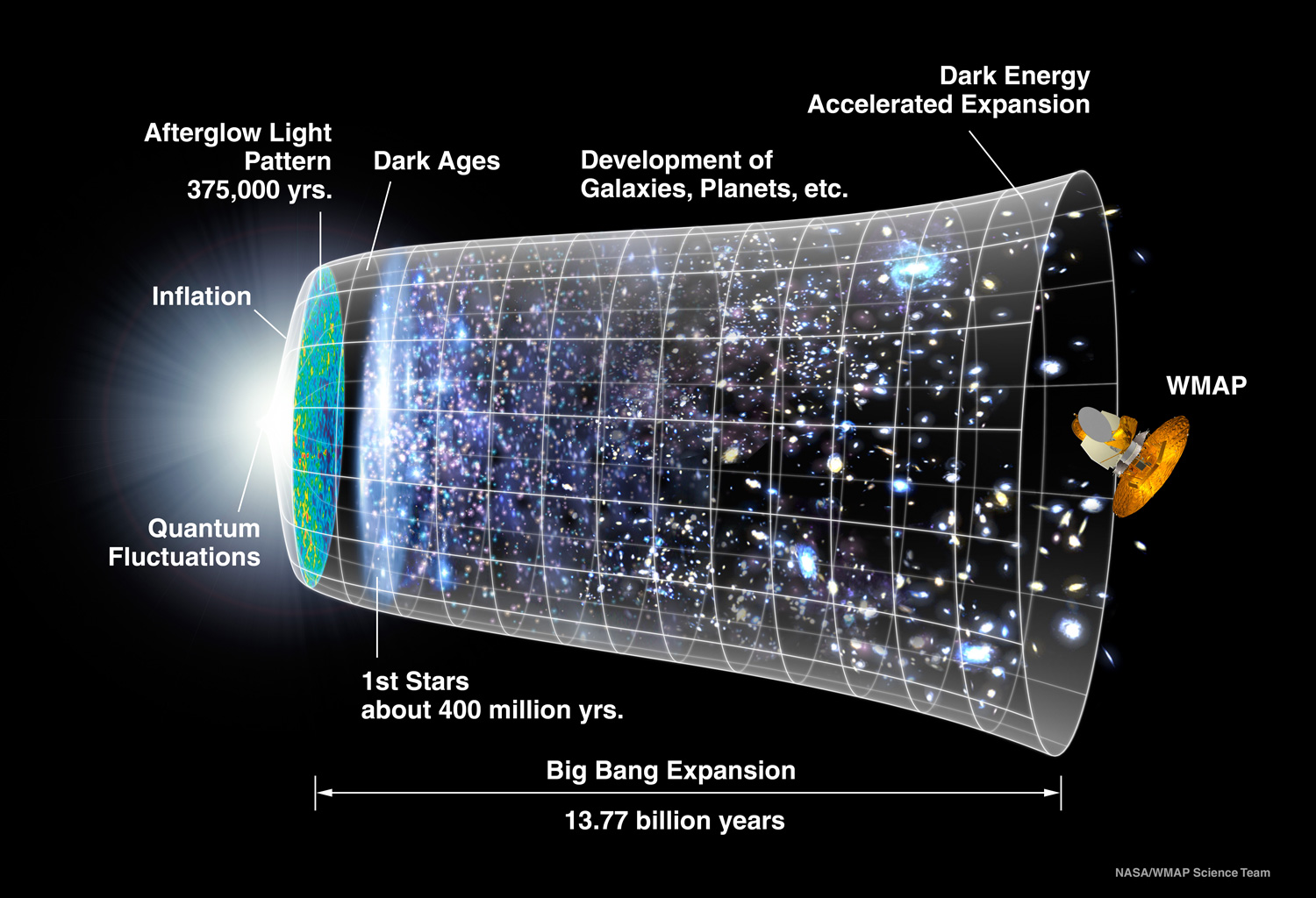The mystery of the nature of space-time is revealed and all seems well until newer observations and measurements show flaws in Newton's and Einstein's theories. Black holes, dark matter, and dark energy have been postulated to update those theories to fit new observations. They have been accepted by many scientists but do these objects really exist?
Moffat writes:
Let me state the current situation very clearly. There are only two ways of explaining the wealth of observational data showing the surprisingly fast rotational speeds of stars in galaxies and the stability of clusters: Either dark matter exists and presumably will be found, and Newton's and Einstein's gravity theories will remain intact; or dark matter does not exist and we must find a new gravity theory.
This book is a GREAT read for anyone who fits into the author's intended audience: "the curious non-physicist who loves science" or "the reader with a more technical background in physics".
Moffat's alternative theory refutes some of the statements in Timeline of the Universe shown below.
Cosmic Microwave Background (CMB) Radiation
The detailed, all-sky picture of the infant universe created from seven years of WMAP data. The image reveals 13.7 billion year old temperature fluctuations (shown as color differences) that correspond to the seeds that grew to become the galaxies. The signal from the our Galaxy was subtracted using the multi-frequency data. This image shows a temperature range of ± 200 microKelvin.
Credit: NASA / WMAP Science Team
Timeline of the Universe
A representation of the evolution of the universe over 13.7 billion years. The far left depicts the earliest moment we can now probe, when a period of "inflation" produced a burst of exponential growth in the universe. (Size is depicted by the vertical extent of the grid in this graphic.) For the next several billion years, the expansion of the universe gradually slowed down as the matter in the universe pulled on itself via gravity. More recently, the expansion has begun to speed up again as the repulsive effects of dark energy have come to dominate the expansion of the universe. The afterglow light seen by WMAP was emitted about 380,000 years after inflation and has traversed the universe largely unimpeded since then. The conditions of earlier times are imprinted on this light; it also forms a backlight for later developments of the universe.
Credit: NASA / WMAP Science Team


No comments:
Post a Comment